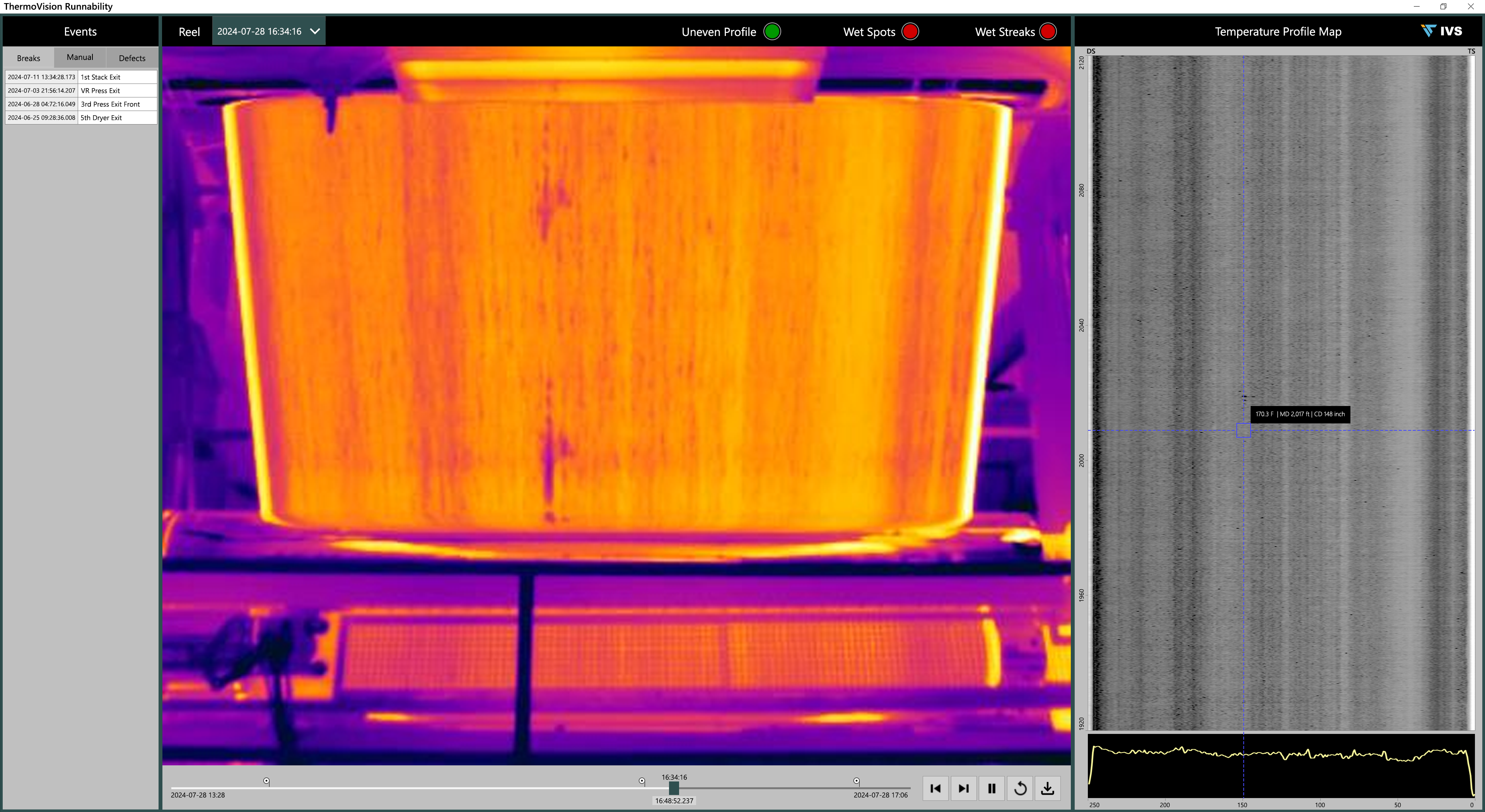Robin Olson, director of applications engineering, Rexnord Industries, answered additional questions on gear drive specification from the Jun. 15 webcast.
Robin Olson, director of applications engineering, Rexnord Industries, answered additional questions on gear drive specification from the Jun. 15 webcast.
Question: I would like to use an inching drive for maintenance operation of my equipment. What considerations does this introduce?
Answer: Inching operation requires that the gear drive run slower. However, during main drive mode, a much faster speed is required. If the drive is lubricated using splash lube, the splash may not be there while inching. In that case, the manufacturer may raise the oil level to dip the bearings or add a lube pump. Raised oil levels may require a cooler for main drive speeds, so the lube pump may be the most effective solution.
Q: If I purchase a backup gear drive for emergencies, are there any long-term maintenance considerations or expenses to consider? I want my backup ready to go when it’s needed.
A: If you purchase a gear drive that will go directly to storage for a period of time, ask your manufacturer about long term storage preparation prior to shipping. This will help protect the drive from corrosion or damage during storage and allow you to commission it without unexpected delays. If the storage is longer than 3 years, plan to replace the seals before installation.
Q: What is the seal material and oil type for -20°C environment?
A: Nitrile and Viton both can be used in -20°C temperatures. Please consult your gear drive supplier for lubrication recommendations. Some suppliers provide owners manuals containing cold temperature oil data.
Q: Does Rexnord manufacture gearboxes to API?
A: API is a very conservative method for selecting gear drives because it is intended for critical applications. If you are specifying that a gear drive be selected per API, please make sure that your application is critical and needs the requirements of that selection method. Expect that the gear drive will be larger and more expensive that a standard catalog selection.
Q: Do more requirements or additional data decrease the cost when buying a gearbox?
A: The least expensive option will be the smallest drive that can be selected from the catalog. Understanding the application will allow for the best selection of a gear drive. To that end, the requirements of the application should be defined. However, we sometimes see additional requirements in specifications that are put there to control gear drive construction or because they were copied from another specification. Of course, that customizes the gear drive or forces a larger selection that may not be required for the application.
Q: Why does the higher L10 rating necessarily increase the cost as shown in your graph?
A: AGMA 6001-E08 requires that gear drives are cataloged with bearings selected for 5,000 hours of L10 life. Because the power is exponentially related to the L10 life, the service factor on your application increases the L10 life for the application. For example, with a service factor of 1.50, the L10 life on a gear drive can jump from 5,000 hours (catalog) to 19,000 hours (application). As the requirement for L10 life increases, it becomes harder to achieve that L10 with the gear drive that may have been originally selected on catalog rating alone and a larger gear drive will be selected. If we try to use lubrication or contamination considerations to increase L10 without changing the gear drive size, coolers and filters will be required.
Q: Why do we need a gear drive if we have a direct drive to deliver the required torque and speed?
A: If the direct drive meets your application torque requirements and your reliability and service needs, you don’t need a gear drive.
Q: Do you typically add a key phasor and two proximity sensors per shaft?
A: The use of onboard speed monitoring is not typical for standard industrial gear drives. Some applications, such as marine gear reducers, require them. As condition monitoring and IIoT gear drives become more popular, this will become a popular option if the motor speed cannot be measured directly.
Q: Does the environment affect the service factor?
A: The application and expectations for reliability, overload, and life affect service factor. The physical environment does not, although its temperature, altitude, slope, etc. should be defined so that the gear drive and accessories can be selected to accommodate it.



